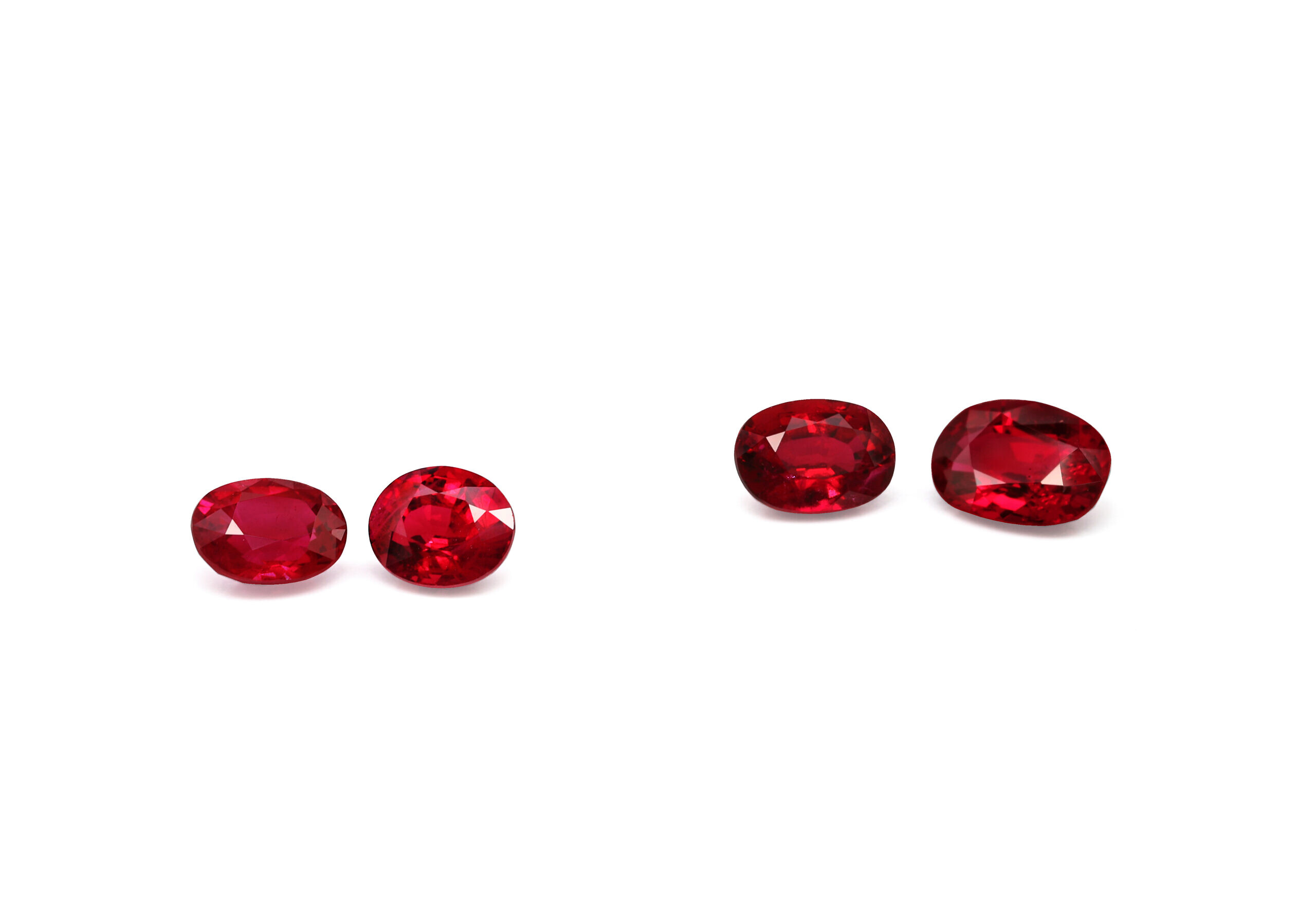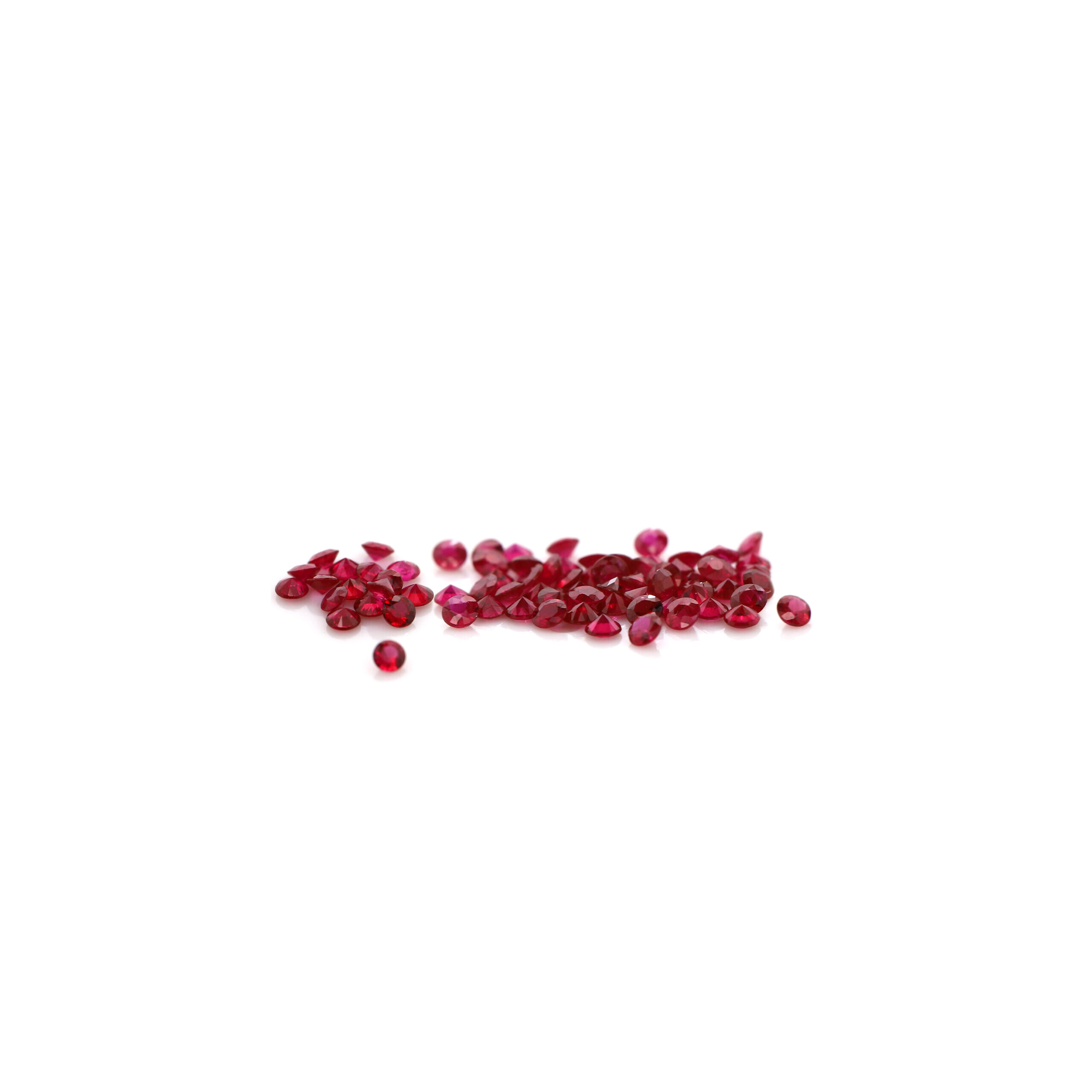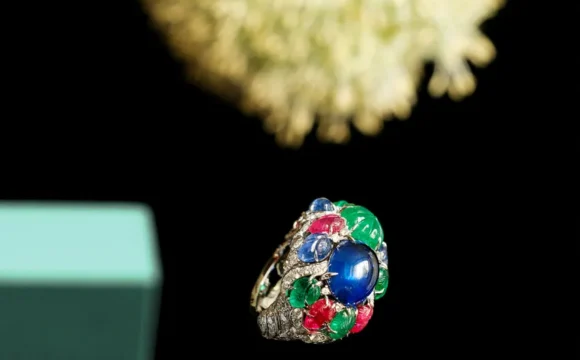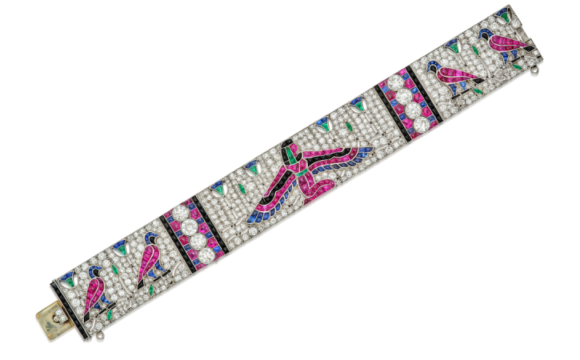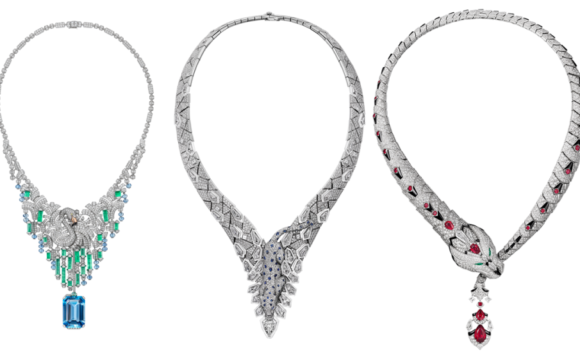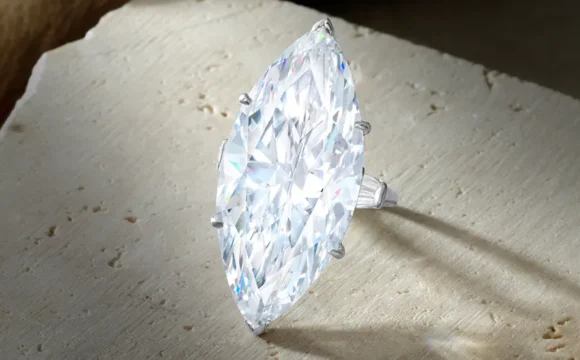In the realm of fine gemstones, rubies, blue sapphires, and emeralds are celebrated not only for their stunning beauty but also for their enduring value. Understanding what makes these gems “collector quality" and why their prices continue to rise can provide valuable insights for both enthusiasts and investors.
What Defines Collector Quality?
1. Color
The most critical factor for collector-quality gemstones is their color:
- Ruby: The finest rubies are a vivid, pure red, often referred to as “pigeon’s blood" red. The richness and intensity of the color make these stones exceptionally desirable.
- Blue Sapphire: Top-quality blue sapphires exhibit a deep, royal blue with excellent saturation. They should be free from gray or greenish hues, with a vibrant, evenly distributed color.
- Emerald: The best emeralds are a deep, vivid green with a slight blue undertone. They should be bright and evenly colored, without being too dark or lifeless.

2. Clarity
Clarity refers to the presence of internal or external flaws:
- Ruby & Blue Sapphire: Collector-quality stones should be eye-clean, meaning they have minimal visible inclusions.
- Emerald: Emeralds often have natural inclusions, but collector-quality stones have inclusions that do not significantly affect their beauty or structural integrity.
3. Cut
The cut of a gemstone affects its brilliance and overall appearance:
- Ruby & Blue Sapphire: Ideal cuts enhance the color and brilliance of the stone. Symmetrical and well-proportioned cuts are preferred.
- Emerald: The traditional emerald cut is favored for its ability to highlight the stone’s color while minimizing the visibility of inclusions.
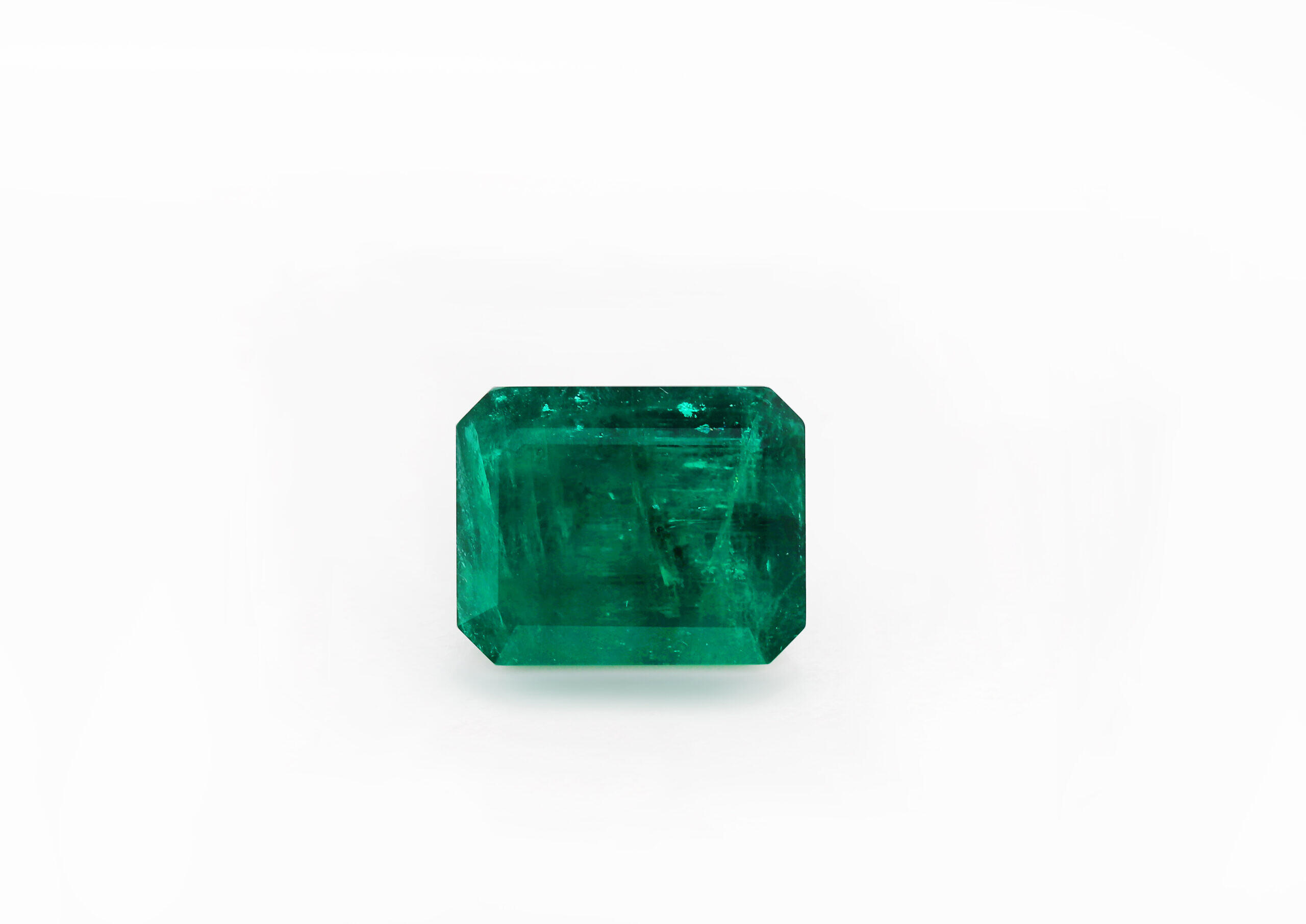
4. Carat Weight
Larger gemstones with exceptional color and clarity are rarer and more valuable. Stones over 1 carat in weight are particularly sought after for their rarity and impact.
5. Origin
The origin of a gemstone can significantly impact its value:
- Ruby: Stones from Myanmar are highly prized for their rich red color.
- Blue Sapphire: Sapphires from Kashmir, Sri Lanka, and Burma are especially valued.
- Emerald: Colombian emeralds are renowned for their exceptional color and quality.
6. Treatment
Natural or minimally treated gemstones are more valuable:
- Ruby & Blue Sapphire: Untreated stones or those with minimal heat treatment are preferred.
- Emerald: While some treatment is common, minimal enhancement is favored for high-quality emeralds.

Why Are Prices Rising?
1. Limited Supply
As high-quality gemstones become rarer, their prices increase. The dwindling supply of premium rubies, sapphires, and emeralds makes these stones more valuable.
2. Increased Demand
Global interest in luxury gemstones is growing. As more collectors and investors seek these high-quality stones, demand drives up prices.
3. Provenance
Gems from prestigious sources are increasingly sought after. As renowned mining sources deplete, prices for these top-tier stones continue to rise.
4. Investment Appeal
Gemstones are viewed as a stable investment, especially during economic uncertainties. Their tangible value makes them an attractive option for diversifying investment portfolios.
5. Economic Factors
Inflation and rising production costs also contribute to higher gemstone prices. As costs increase, these are often reflected in the market price of gemstones.
In summary, the collector quality of rubies, blue sapphires, and emeralds is defined by their exceptional color, clarity, cut, carat weight, origin, and treatment. Rising prices are driven by limited supply, increasing global demand, provenance, investment appeal, and economic factors. For collectors and investors, understanding these elements is key to appreciating and capitalizing on the value of these remarkable gemstones.
